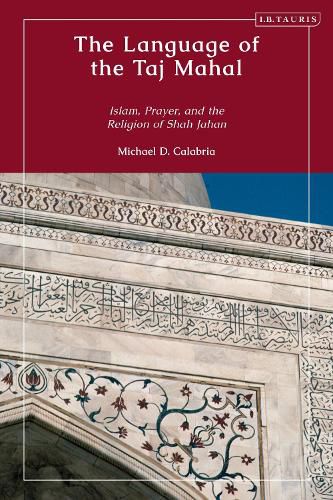Readings Newsletter
Become a Readings Member to make your shopping experience even easier.
Sign in or sign up for free!
You’re not far away from qualifying for FREE standard shipping within Australia
You’ve qualified for FREE standard shipping within Australia
The cart is loading…






The Taj Mahal, built by the Mughal emperor Shah Jahan (1592-1666 CE) as a mausoleum for his wife Mumtaz Mahal (1593-1631 CE), is considered exceptional in the history of world architecture.This book provides a deeper understanding of the Taj Mahal and its builder by examining its inscriptions within their architectural, historical and biographical contexts. The texts adorning the Taj Mahal comprise verses from twenty-two different chapters of the Qur'an but their meaning and significance escapes most non-Muslim visitors or those unable to read them. This book will be the first dedicated solely to the inscriptions in the monument, providing translations, commentary and interpretation of the texts. As well as offering a unique approach to the study of the building, the book uses the inscriptions to expound the foundational elements of Islam, the faith of Shah Jahan and also what the Taj Mahal still means today.
$9.00 standard shipping within Australia
FREE standard shipping within Australia for orders over $100.00
Express & International shipping calculated at checkout
The Taj Mahal, built by the Mughal emperor Shah Jahan (1592-1666 CE) as a mausoleum for his wife Mumtaz Mahal (1593-1631 CE), is considered exceptional in the history of world architecture.This book provides a deeper understanding of the Taj Mahal and its builder by examining its inscriptions within their architectural, historical and biographical contexts. The texts adorning the Taj Mahal comprise verses from twenty-two different chapters of the Qur'an but their meaning and significance escapes most non-Muslim visitors or those unable to read them. This book will be the first dedicated solely to the inscriptions in the monument, providing translations, commentary and interpretation of the texts. As well as offering a unique approach to the study of the building, the book uses the inscriptions to expound the foundational elements of Islam, the faith of Shah Jahan and also what the Taj Mahal still means today.